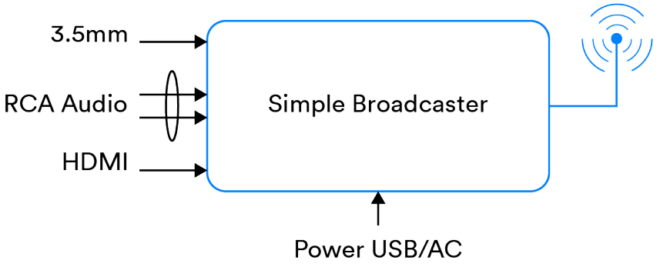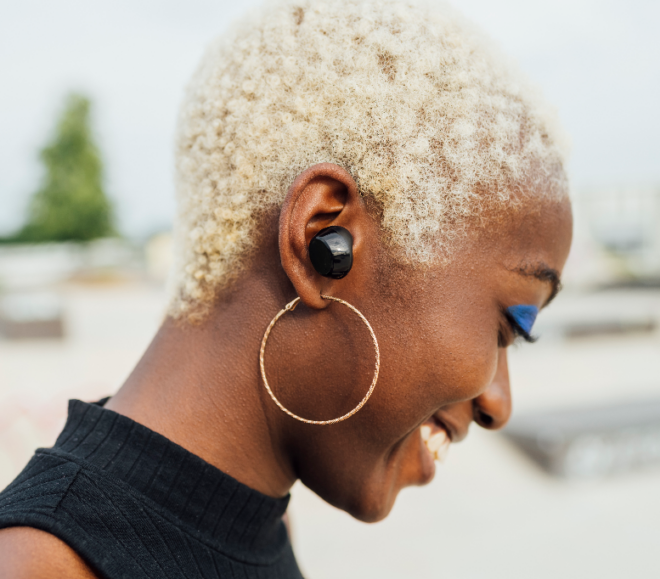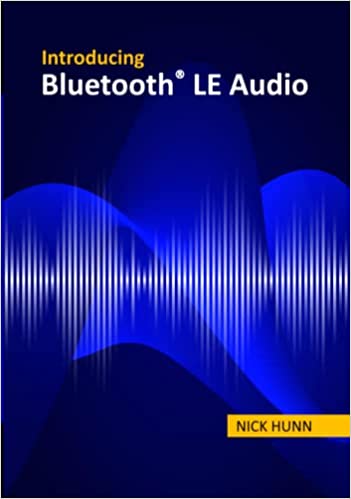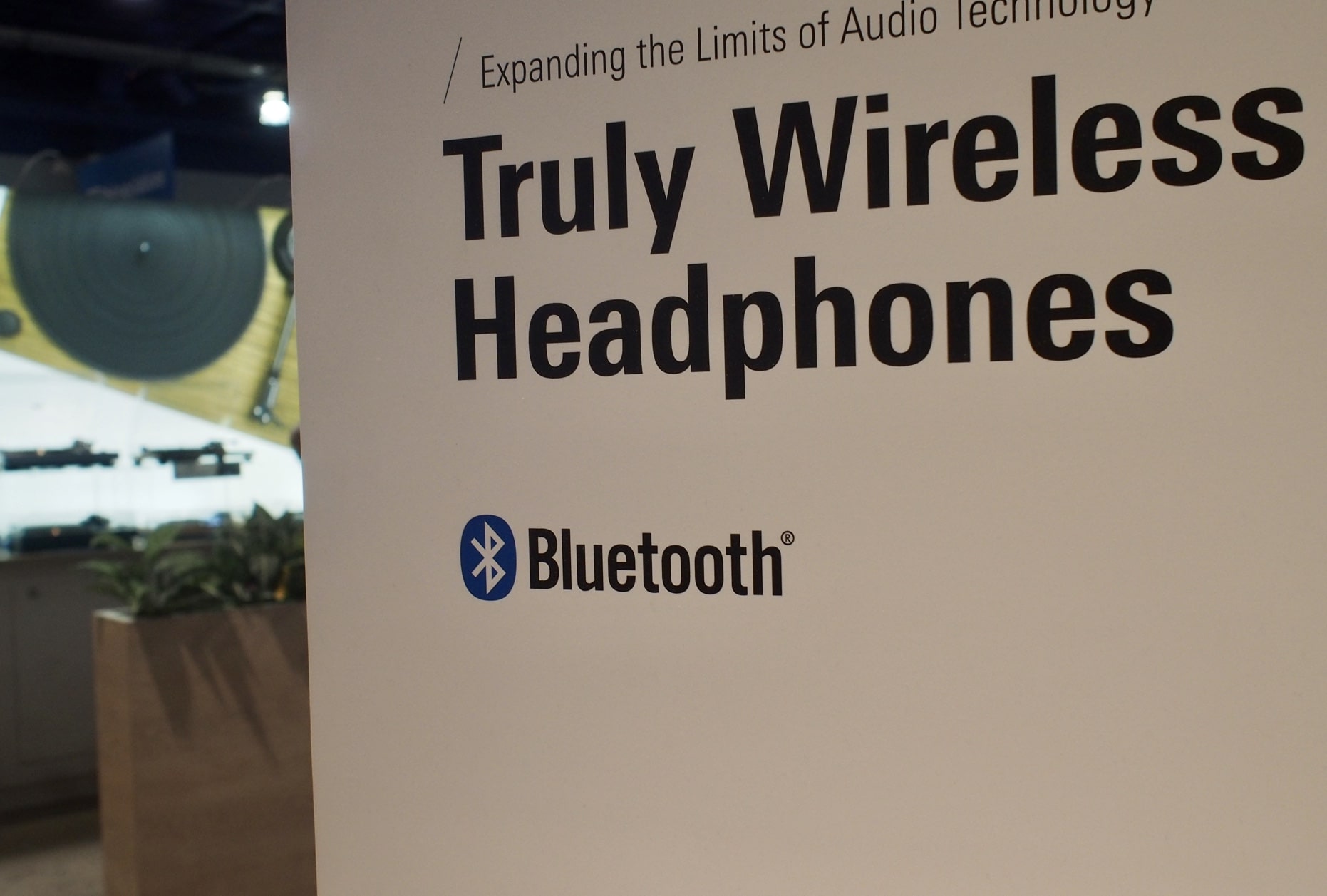
Wireless audio has been a reality for many years, but over the last few years it’s reached a new level of ubiquity. As smartphones have ditched their headphone jacks, millions of people have turned to wireless headphones. Smart speakers and wireless boomboxes have proliferated in households worldwide. And streaming services have trained us to think of music as something that’s almost ambient, in the air around us.
Walking the floor of CES 2020, the change is obvious. Virtually all headphone vendors are selling some kind of true wireless model, larger over-the-ear headphones are ditching cords en masse, and you’d be hard-pressed to find anyone showcasing a traditional corded loudspeaker.
The pillar technology behind this sea change, of course, is Bluetooth®. At CES 2020, the Bluetooth Special Interest Group (SIG) announced the next generation of the decades-old wireless standard that doesn’t just better match the wireless universe we live in, but also sets the stage for a new generation of audio products that’s more versatile, power efficient, and, most importantly, sounds better to the ears.
“Audio is the first and most well-known use case for Bluetooth,” says Ken Kolderup, VP of marketing for the Bluetooth SIG. “The market is very large — a billion units shipped this last year — and it’s been growing very quickly. Over the years, the community has been very active in adding new functionality. Now it’s audio’s turn.”
The new generation of Bluetooth audio, called Bluetooth LE Audio, effectively creates a split in the life of Bluetooth audio devices. The pre-existing Bluetooth® audio offering now becomes Classic Audio, and as products debut with Bluetooth LE Audio, almost all of them will likely support both versions, ensuring backward-compatibility with devices that don’t have LE Audio (like your old iPhone).
Bluetooth LE Audio also introduces four key new features: a new codec, Multi-Stream Audio, support for hearing aids, and the ability to broadcast audio.
Arguably the biggest upgrade is a new audio codec, called Low Complexity Communication Codec, or LC3. Using better compression techniques developed by Fraunhofer Labs, the codec enables transmission of higher-quality audio while using less data.
It does so in multiple ways. For starters, Bluetooth LE Audio has much more bandwidth to work with than Classic Audio. The codec allows for “super wideband” audio, meaning it can process more of the audio that humans can hear.
“Legacy [codecs] can only process up to 7-8kHz [of human hearing],” says Alfonso Carrera Usabiaga, director of marketing at Fraunhofer IIS. “So what’s the point in having streaming audio codecs that are so excellent, when the last mile is bringing the quality down. LC3 has been fundamentally designed to bring this super wideband experience to your ear.”
Bluetooth LE Audio is also much better at compensating for packet loss, which everyone’s experienced when they move too far away from their audio source while wearing Bluetooth headphones. The audio starts to cut out until you move a little closer. With Bluetooth LE Audio, you’ll encounter that less, and at further ranges.
“The codec is more robust in how it handles these packet losses,” Usabiaga says. “Even if you had the same packet loss ratio, you would not notice that you are losing so much information compared to the legacy codec.”
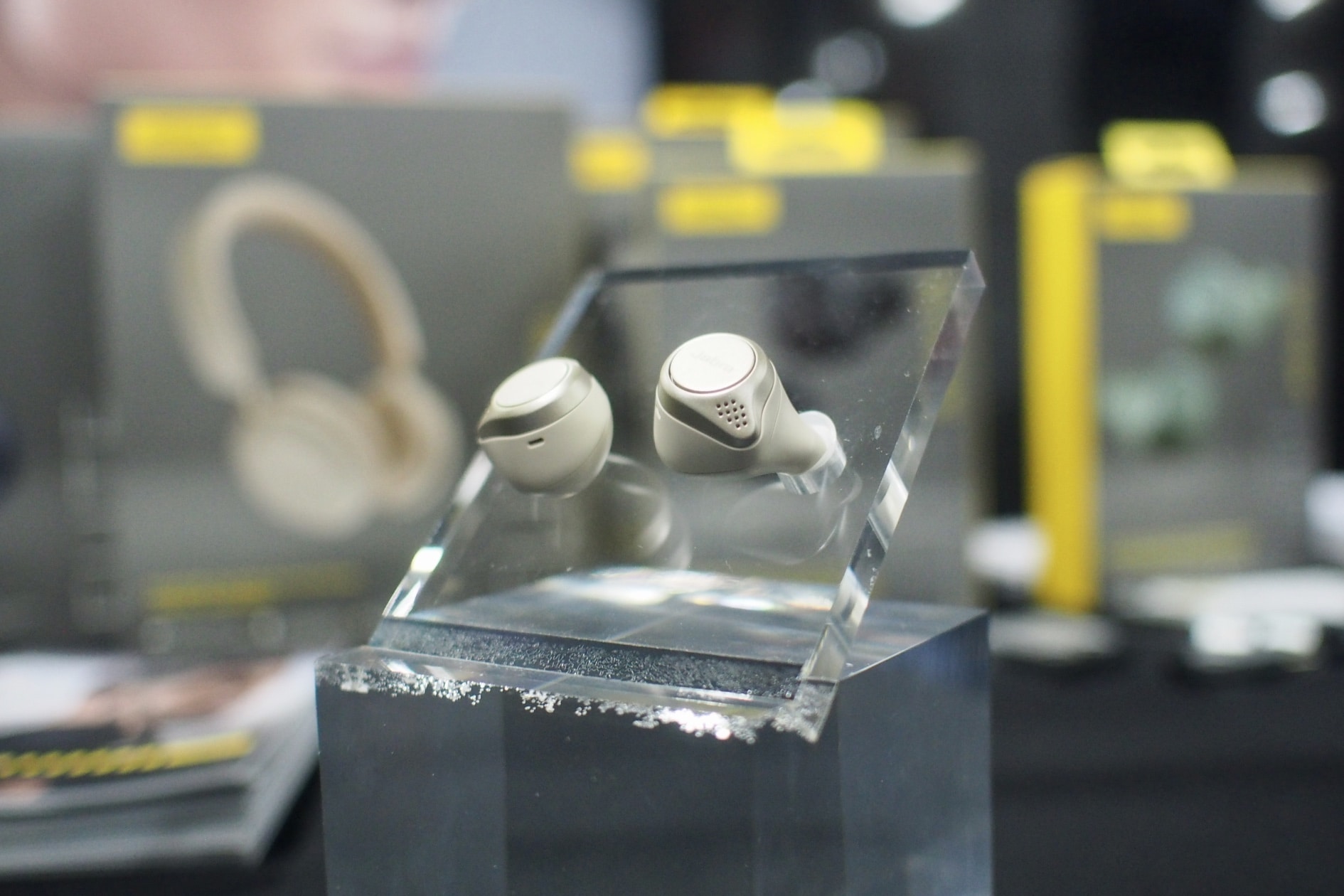
The introduction of Multi-Stream Audio is a big deal to anyone making true wireless earbuds. Supporting multiple, synchronized audio streams between a source and one or more audio devices is essentially offering direct support for true wireless designs, which up until now have required manufacturers to develop creative solutions to build them, Kolderup says.
“A couple of years ago, the community realized that this was going on, and started working on an entirely new generation or architecture for doing audio on the Bluetooth® radio. Now we’re at a point where the community is finishing that effort and is really ready to launch and introduce Bluetooth LE audio as that next generation approach for audio on Bluetooth.”
Similarly, Bluetooth LE Audio’s support for Bluetooth hearing aids will create new opportunities for manufacturers. Bluetooth hearing aids already exist, but Bluetooth LE Audio will make developing them even easier.
Broadcast Audio may take some time to appear in the real world, but it has vast potential. The pervasiveness of wireless headphones opens up an opportunity to provide people at a venue the option to listen to audio via Bluetooth, which they’ll be able to do with Bluetooth LE Audio.
Exactly how that will work from the user’s perspective is still to be determined, but the most likely scenario is the venue will indicate a Bluetooth® broadcast is available with some kind of signage, and the user would use an app on their phone to join it. The feature would be useful to airports, sports bars, museums, and more.
Now that the standard will soon be a reality, it won’t be long to wait, but you will have to wait. Bluetooth LE Audio was announced at CES, and the specifications will be introduced throughout the first half of 2020. That means we probably won’t see the first products that support it (headphones, smartphones, etc.) until late this year or early the next. Advanced features like Broadcast Audio are likely further out.
Bluetooth isn’t going anywhere, though. With Bluetooth LE Audio, Bluetooth is renewing its lease as the wireless audio standard for the world, and possibly regaining some audiophile cred in the process.

Pete Pachal is a lifelong technology journalist and the Executive Editor of CoinDesk. Pete has served as the chief tech editor for several prominent media brands, including Mashable, PCMag, and the Syfy Channel, and was the Editorial Director of Reviews.com. As a thought leader in tech, Pete has appeared on The Today Show, CNN, CNBC, Fox Business, TDAmeritrade Network, PBS Newshour, NPR, The Daily Show, Cheddar, and more. Pete holds degrees in journalism and engineering physics. His favorite Doctor Who monsters are the Cybermen.
![]()
FEATURED INNOVATION
Bluetooth LE Audio
Building on 20 years of innovation, Bluetooth® LE Audio will not only enhance the performance of Bluetooth audio, but will bring all its benefits to people with hearing loss. Bluetooth LE Audio will also introduce Auracast™ broadcast audio, an innovative new capability with the potential to once again change the way we connect with each other and experience the world around us.

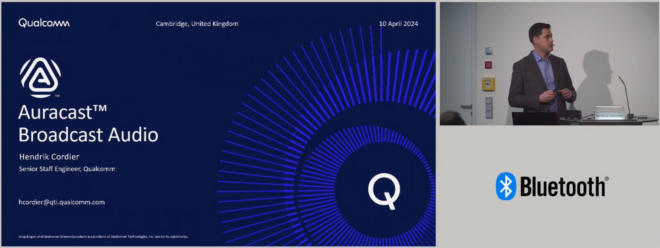



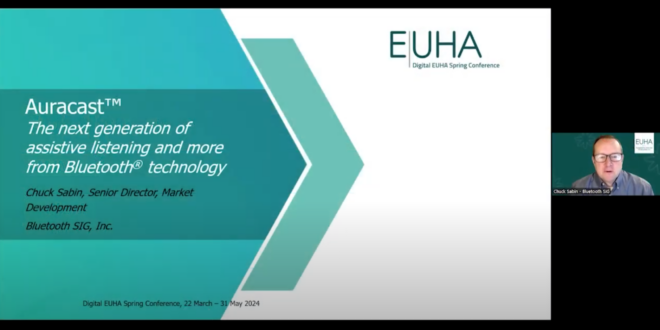
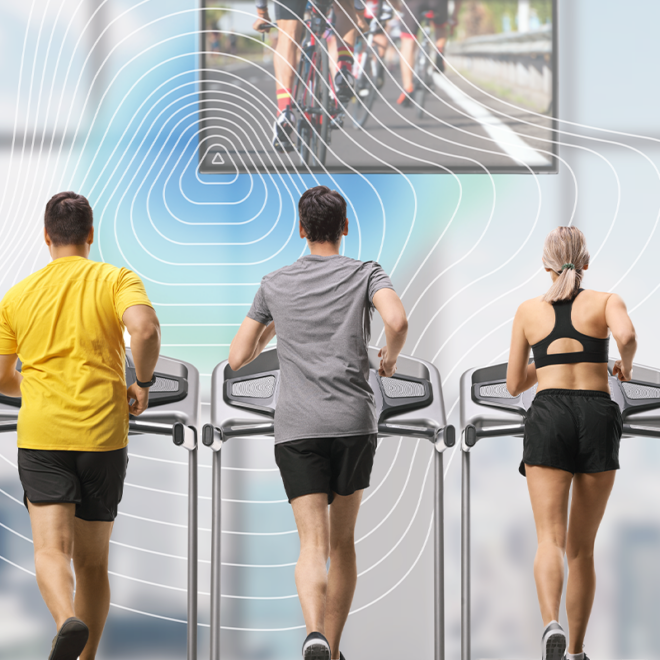
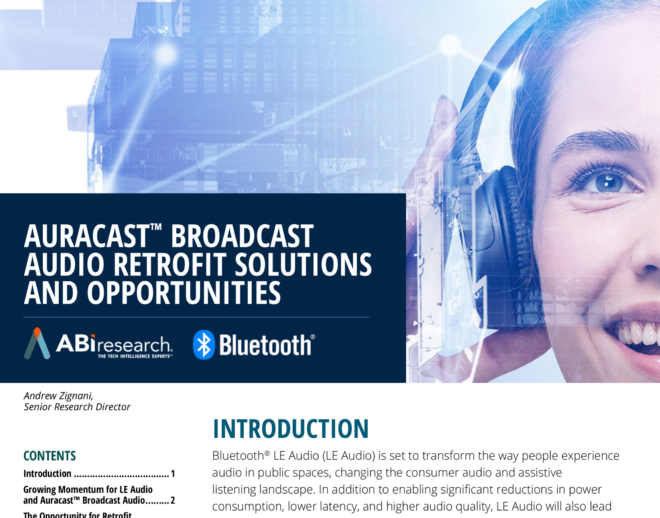
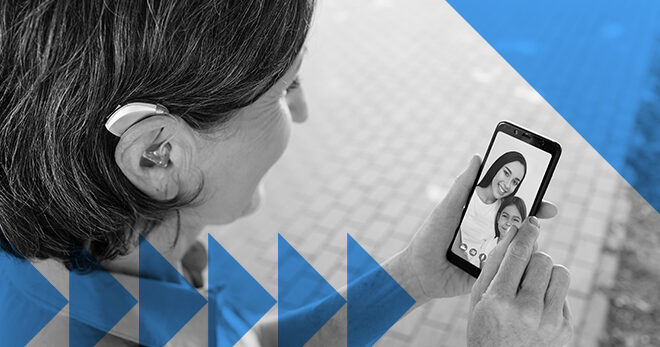
![packetcraft logo tagline[1]](https://www.bluetooth.com/wp-content/uploads/2024/03/packetcraft_logo_tagline1.png)

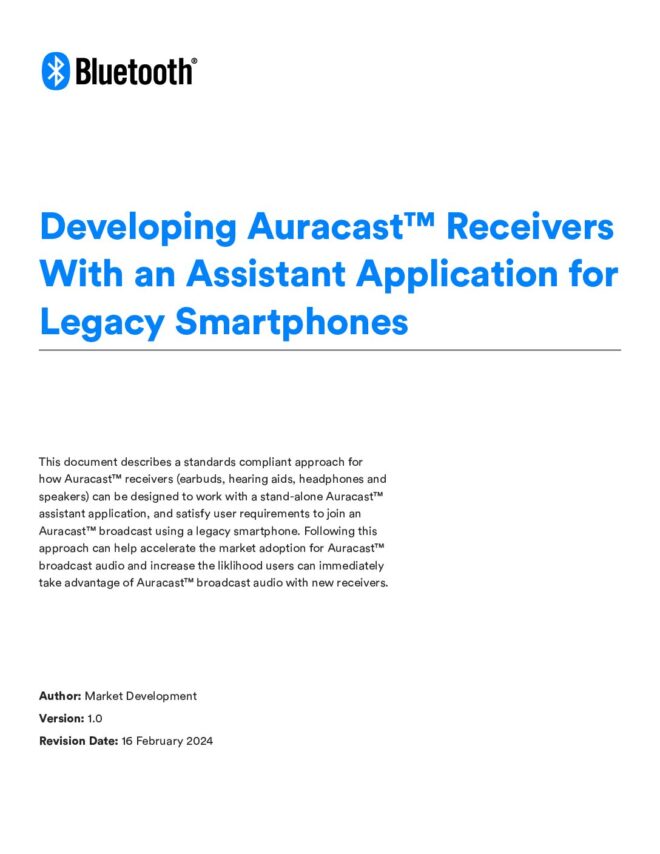
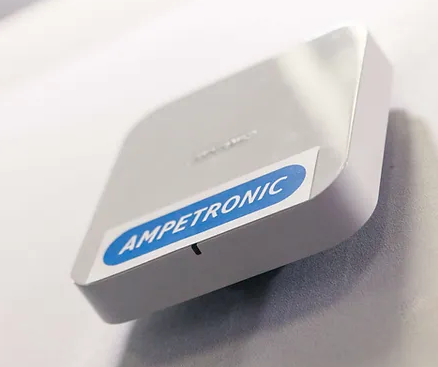
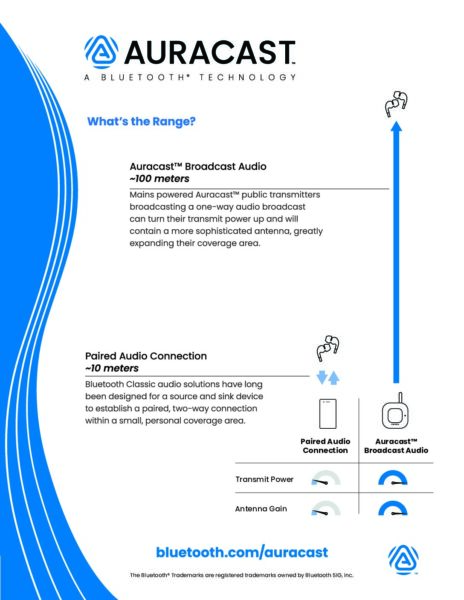
![2312 CES Handout Images FINAL existing pdf 464x600[1]](https://www.bluetooth.com/wp-content/uploads/2024/01/2312_CES_Handout-Images_FINAL-existing-pdf-464x6001-1.jpg)
![2312 CES Handout Images FINAL unlimited pdf 464x600[1]](https://www.bluetooth.com/wp-content/uploads/2024/01/2312_CES_Handout-Images_FINAL-unlimited-pdf-464x6001-1.jpg)
